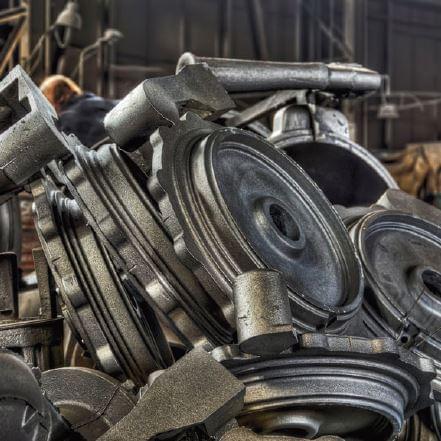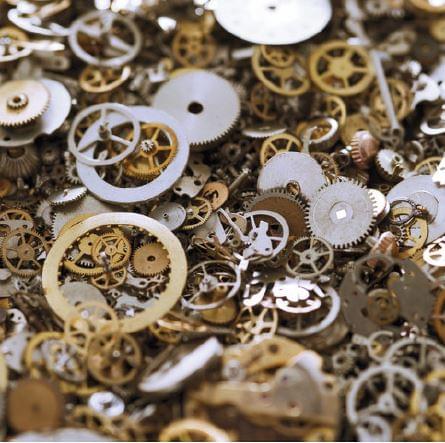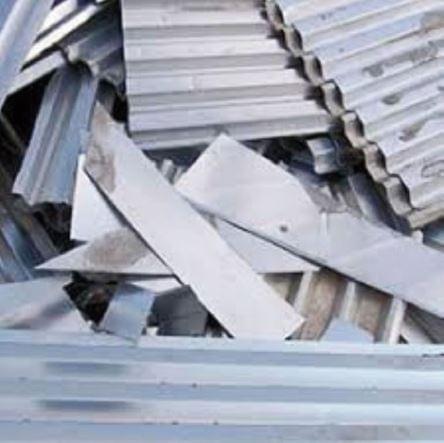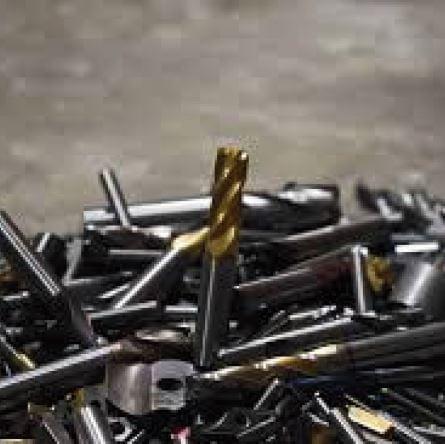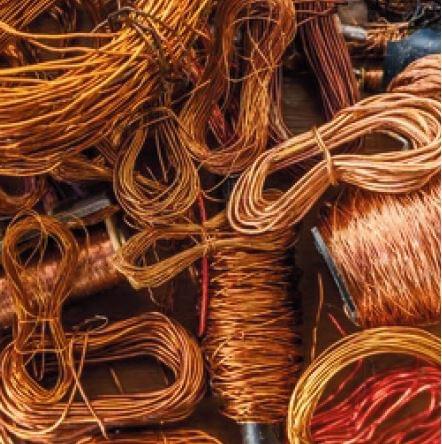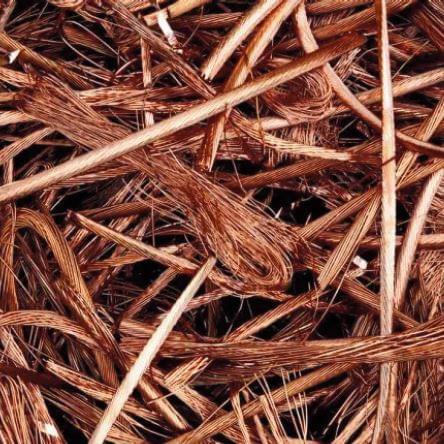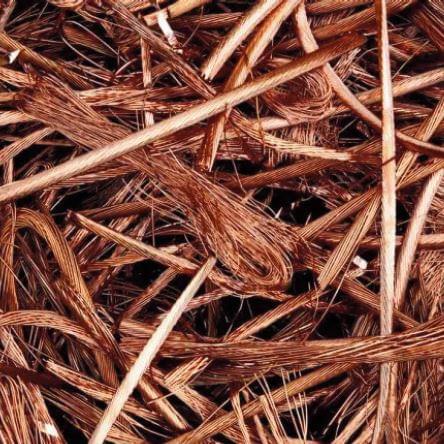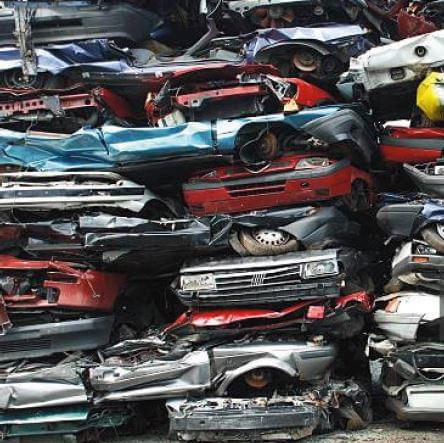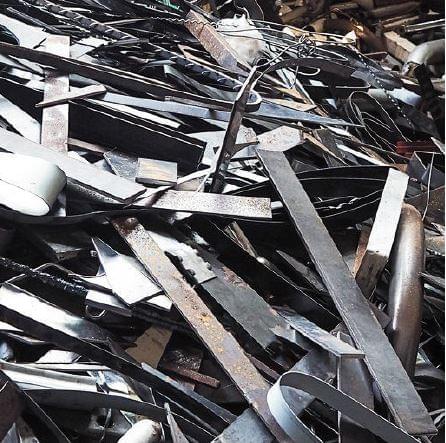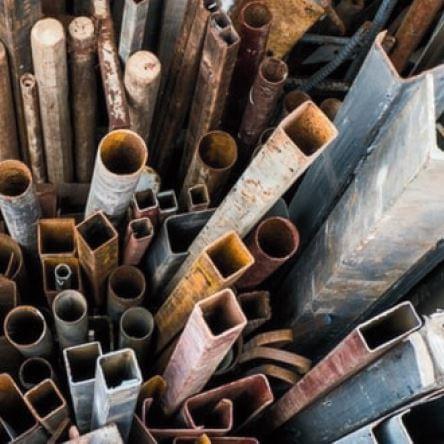What we trade
CuA (Copper Alloy)
Corrosion-resistant metals, Copper Alloys (CuA) are mainly copper, with common types like bronze (tin) and brass (zinc).
CuB (Copper Boron)
Copper Boron (CuB) is a specialized copper-boron master alloy. Added to molten copper, it acts as a potent deoxidizer, purifying the melt for cleaner, denser, and more conductive copper castings.
CuC (Copper Carbides)
Copper Carbides (CuC), primarily Copper(I) acetylide (Cu₂C₂), are unstable and explosive copper-carbon compounds. Due to their hazardous nature, they are not safely handled or typically traded as scrap.
Cu (Copper)
Copper, is a reddish-orange metal prized for its excellent electrical conductivity, strong corrosion resistance, and full recyclability, making it vital across many industries.
Brass
Brass is a common metal alloy primarily made of copper and zinc. Different types of brass exist, with varied proportions of these (and sometimes other minor elements) to subtly change its properties and appearance.
Stainless
Stainless steel is a versatile metal alloy valued for its corrosion and rust resistance, derived from a self-repairing chromium (minimum 10.5%) layer.
Steel
s a fundamental iron-carbon alloy often enhanced with other elements, is the world’s most common engineering and construction material due to its unique strength, durability, and adaptability.
Fender
A fender is the vehicle body part framing the wheel, designed to block road debris. Made from materials like steel or aluminum, it’s susceptible to damage
Aluminum
Aluminum (Al) is a very light, silvery-white metal. It’s the most common metal in the Earth’s crust, highly valued for its unique properties, making it essential to modern industries.
Cast Iron
Cast iron is a type of iron-carbon alloy with a high carbon content (usually 2-4%). Unlike steel, its makeup lets it be easily melted and poured into complex molds.
